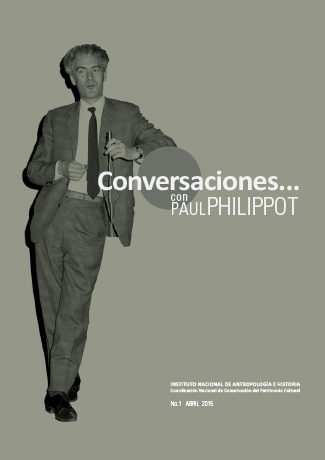Publicado 2017-05-25
Palabras clave
- Authenticity,
- tradition,
- culture,
- knowledge,
- systems
- time ...Más
Cómo citar
Resumen
Paul Philippot, in his excellent piece, shares critical views on the notion of authenticity in cultural heritage as understood and applied in the Western context. His paper provides a brief background to the philosophical approaches to conservation and the ideological and cultural specificities that underpin these approaches.
The following paper builds upon this critical understanding of authenticity’, and examines this rather complex and elusive concept within the Indian cultural context. The paper argues that interpretation of history and conservation of heritage are articulated by cultural responses to time and space, and therefore vary from culture to culture and within the same culture.
Descargas
Referencias
- Coomaraswamy, Ananda (1974) The Dance of Shiva. Fourteen Indian Essays. Munshiram Manoharlal, New Delhi.
- Earl, John (1996) Building conservation philosophy. College of Estate Management, Reading.
- Erder, Cevat (1986) Our architectural heritage: from consciousness to conservation. UNESCO, Paris.
- INTACH Charter (2004) Charter for the conservation of unprotected architectural heritage and sites in India. INTACH, New Delhi.
- Jokilehto, Jukka (1999) A history of architectural conservation.
- Butterworth-Heinemann, Oxford, England, Boston.
- Kain, Roger (1981) Planning for conservation: an international perspective. Mansell, London.
- Menon, A.G. Krishna (1994) “Rethinking the Venice Charter: the Indian experience”. South Asian Studies, Vol. 10, pp. 37-47.
- Morris, William (1877) The Manifesto. The Society for the Protection of Ancient Buildings, London.
- Ruskin, John (1849) The seven lamps of architecture. Smith, Elder, and Co., London.
- Tagore, Rabindranath and Evelyn Underhill (Eds.). (1915). Songs of Kabir. Macmillan, New York.

